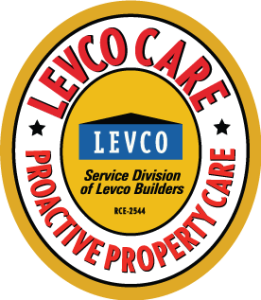Estimated reading time: 3 minutes, 45 seconds

No, it has nothing to do with insulated packaging. It does, however, involve thinking differently about energy efficiency and reducing air infiltration into our living spaces. I recently had an in service at a heating company by a nice young man who really knows his stuff.
He talked about and displayed a blower door machine.
What an amazing tool. When deployed by a qualified technician, it can detect several problems and help to expose problems that can lead to poor home energy efficiency.
If your home is not a “slab on grade” type construction, there is a space below the living space called the “crawl space” and a space above called “the attic.” Leaks between these areas are found using the blower door test, which essentially sucks air from the home and helps you locate the leaks. Anything you do to breach the thermal envelope affects the energy efficiency of the home.

Common problems
include gaps in the seal between the three spaces. Energy efficiency is gained through sealing them. If you use a forced air type of heating and cooling system, it can also help find leaky air ducts with a duct blaster test.
Gaps in between the crawl space and living space can also allow radon gas to enter the home and has the potential to allow insects and rodents in. Gaps in between the living space and attic are likely to lose heat.
In all cases, sealing the living space, or “Thermal Envelope,” increases energy savings no matter the source of that heat.
The most common issues are leaking windows and doors, gaps in duct work, and forgotten penetrations around pipes and exhaust and heating ducts. One that surprised me was poorly sealed framing. This leads to inefficient walls and air infiltrating through outlets and switches.
I read an article recently that boiled down lack of energy to the rationale for war. Who wouldn’t want to help stop a war? Let’s get on board with this energy efficiency thing people!
What happens if we seal too well?
A different problem occurs with lack of air exchanges and stagnation. Other considerations are related to all sorts of moisture problems. I have rarely seen this but, it does happen. Although there are many options, an HRV solved my situation.
New homes are all subjected to a blower door test and must pass. This explains why on a recent home inspection I found a sealed attic vent hatch.
Is it worth having older homes tested?
I think that it probably is. When energy was cheap and plentiful it was less of an issue. Construction techniques have evolved and so have thing like windows. HVAC systems were leaky, now we seal the joints and do less crawl space heating. Look at insulation alone.

As remodelers, this is beginning to affect the industry, In other words we are being held to higher standards. Whenever we do an addition, for example, we must incorporate insulation in the areas we affect. All in all, building science has evolved tremendously in the past 100 years, which has lead to building codes. Every few years the bar gets raised, and before you know it, building codes are forcing everyone t0 have far more energy efficient homes being built.
What’s the biggest bang for the buck?
I used to just say attic insulation, and then windows replacement, but I have changed my tune recently. Not everything we do has a rapid ROI. Having your home tested could reveal even better things to do. Although I like to own tools, and I do own a thermal imaging camera, this is one that I feel should be done by a third party that specializes in energy audits.
Bonus Round Questions?
- Who can tell me an energy audit story of success?
- What is the trigger to have an energy audit for you?
I have teamed up with a specialty company here in Boise that can provide detailed information on the most valuable and cost effective solutions in a prioritized report.
Your comments are welcome. To ask questions or get more information about remodeling, click here to email me directly, or call 208-947-7261


I think it is a good decision to have older homes inspected. You never know what it going wrong with older homes and wants need to be fixed or replaced.
Thanks for commenting, yes it is true, one never knows. As a remodeler, I inspect my own but as a new home buyer or house flipper buy a great inspection prior to having an emotional attachment to the home. I just had this proven again when my son bought a Craig’s List automobile with some serious hidden defects that looked just fine.